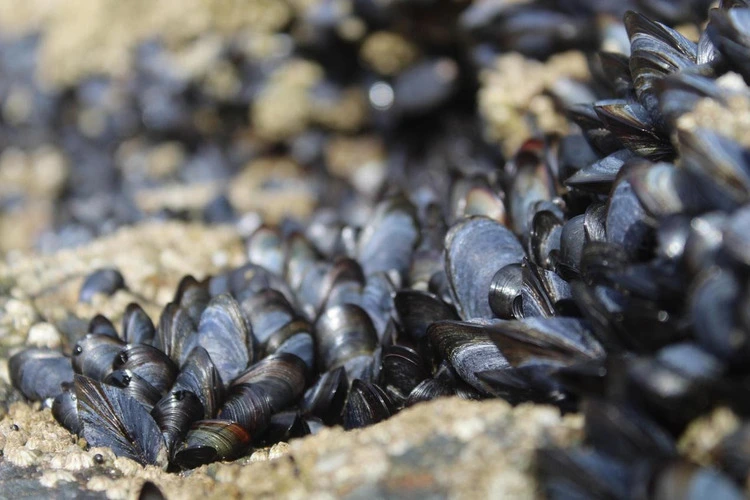
New study indicates animal populations living in urban areas show elevated resilience to stressful environmental conditions caused by climate change
By
It’s commonly understood that climate change is altering our environment: from rising seas, to increased pollutant levels and soaring temperatures. Often, these conditions are exacerbated by activities within urban areas, which globally – according to one UN report – contribute towards 70 per cent of worldwide CO2 emissions.
Now, researchers have uncovered how animal populations living in these urban areas are particularly resilient to such stressful environmental conditions exacerbated by climate change.
Enjoying this article? Check out our related reads:
The study, published in Ecology Letters and conducted by Queen’s University Belfast in collaboration with the GEOMAR Helmholtz Centre for Ocean Research Kiel, tested the adaptability of aquatic species including blue mussel and amphipods found on the shorelines of urban environments.
Urban areas, in the study, were defined as human settlements with both high population density and an infrastructure of built environment.

Compared with their counterparts living in protected habitats, animal populations from urban areas – with high temperatures and greater concentrations of pollutants – demonstrated significantly higher resilience to stressful environmental conditions.
To come to this conclusion, scientists put both protected habitat species, and those living in urban areas, under the same environmental stressors within laboratory conditions. The treatments, which were events or situations that cause stress, reflected current and predicted environmental conditions in the sea, such as rising temperatures, saltwater changes and increased carbon dioxide.
What does it mean for the future?
Although adaptations may be successful right now in keeping some populations alive during sub-optimal environmental conditions, it may not be a long-term survival strategy. It remains to be seen if such species can keep up pace with the rapid way humans are changing the environment with planet-polluting activities – from pollution, to deforestation and burning fossil fuels – as Dr Ross Cuthbert from the School of Biological Sciences at Queen’s, part of the study, explains.
Additionally, some scientists raise concerns that populations’ greater tolerance to environmental changes may make it easier for them to enter new habitats, consequently becoming invasive species that can spread between urban centres.
‘Until now, little was known about how populations of the same species evolve in habitats with and without human influence,’ added Cuthbert.
‘While the tested species [in the study] do not directly affect human health, if the processes found indeed worsen invasion risks in general, they could exacerbate known health risks from biological invasions, such as through spread of disease.’
As more areas become urbanised – with currently half the world’s population living in urban areas – animals and plants alike must increasingly navigate the new challenges that come with such changes to their natural environments.




